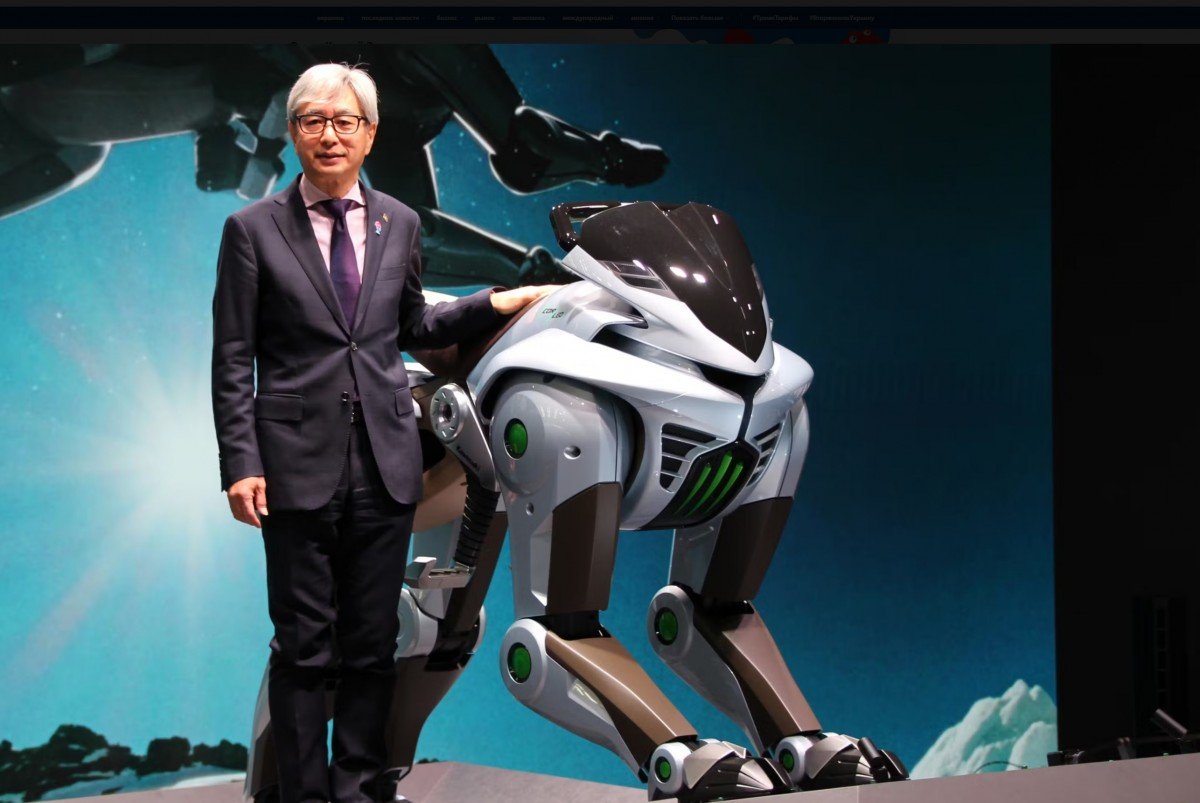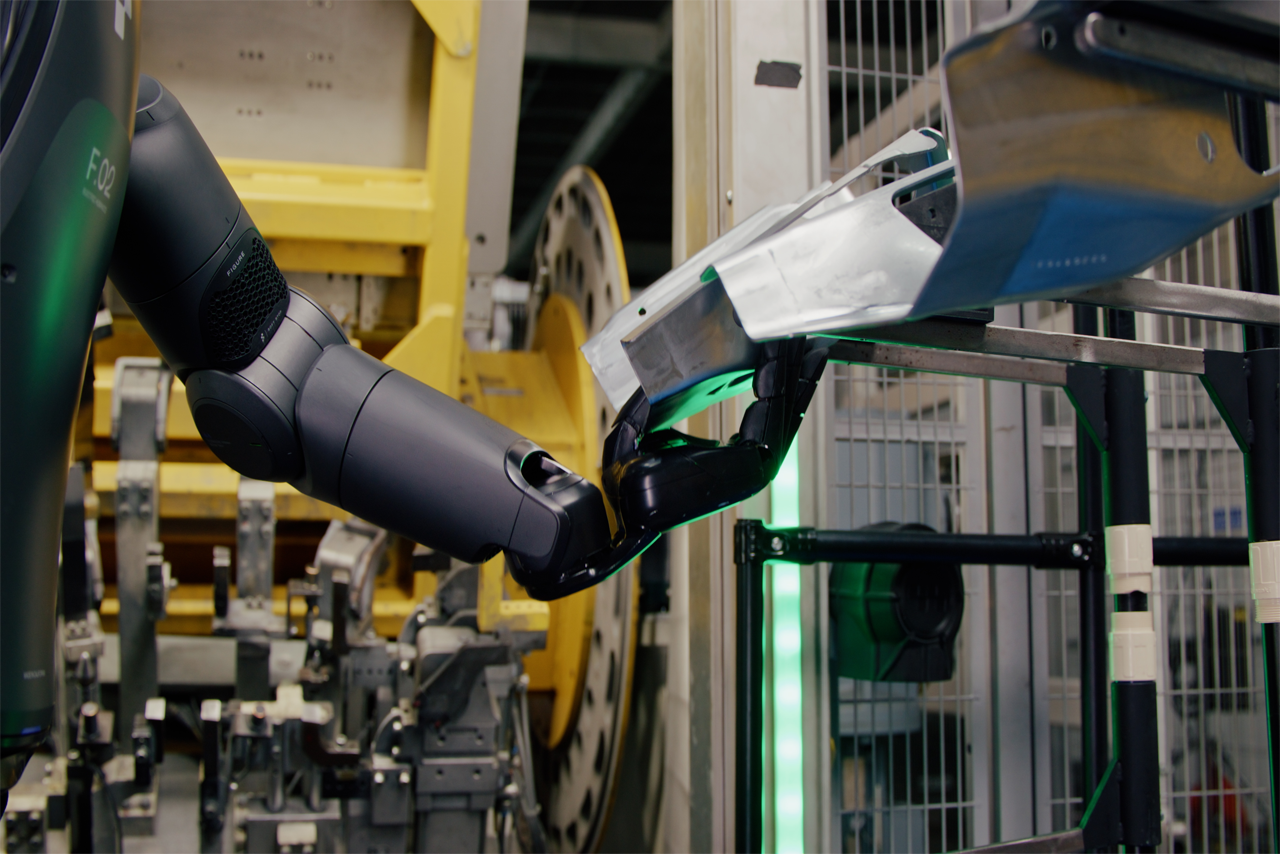The Future of Off-Road Adventure Has Four Legs, Not Wheels
In the ever-evolving landscape of personal mobility, Kawasaki Heavy Industries has unveiled a concept that defies conventional categorization. The Kawasaki Corleo, showcased at the Osaka Kansai Expo 2025, represents a bold vision for adventure transportation in 2050—combining robotic legs, motorcycle handling, and eco-friendly hydrogen power in one revolutionary package.
What Exactly Is the Kawasaki Corleo?
The Corleo is officially described as a “future sensory off-road personal mobility machine,” but that clinical definition barely captures its groundbreaking nature. Imagine a vehicle with the agility of a mountain goat, the intelligence of advanced robotics, and the riding experience of a high-performance motorcycle.
Unlike traditional off-road vehicles that rely on wheels, the Corleo features four independently articulating robotic legs, each ending in specially designed split rubber hooves. This unique configuration allows it to navigate terrain that would be impassable to conventional vehicles—from steep mountain paths to rocky landscapes and dense forests.
Technical Innovations That Make the Corleo Possible
Four-Legged Mobility System
The most visually striking feature of the Corleo is its quadrupedal design. Each leg operates independently, with advanced algorithms coordinating movement across various terrains. The split-hoof design at the end of each leg provides exceptional grip on multiple surfaces, including grasslands, rocky areas, and rubble fields.
The rear leg unit can swing independently from the front leg unit, creating a sophisticated suspension system that absorbs shocks during walking and running. When climbing steps or steep inclines, this system allows riders to maintain a natural posture, making it easier to monitor road conditions ahead without uncomfortable forward tilting.
Intuitive Control Interface
Despite its futuristic appearance, the Corleo’s control system is remarkably intuitive. Riders direct the machine through weight shifts detected by sensors in the stirrups and handlebars. This creates what Kawasaki describes as a “reassuring sense of unity between human and machine”—the vehicle essentially reads and responds to the rider’s body language.
The Corleo features adjustable stirrup lengths, allowing riders to maintain optimal posture regardless of height or riding style. This adaptability ensures comfort during extended adventures and enhances the machine’s responsiveness to rider input.
Hydrogen-Electric Power System
Powering this innovative mobility platform is a 150cc hydrogen engine that functions as an electrical generator rather than a direct propulsion system. Hydrogen fuel is supplied from a canister mounted at the rear of the vehicle, and the electricity generated powers individual drive units installed in each leg.
This distributed power approach offers several advantages:
- Precise control over each leg’s movement
- Silent operation, ideal for wildlife observation and nature exploration
- Environmentally friendly propulsion with water vapor as the only emission
- Energy efficiency through regenerative systems
Advanced Navigation and Sensing
The Corleo comes equipped with a comprehensive instrument panel displaying critical information such as hydrogen levels, route guidance to destinations, center of gravity position, and other real-time metrics. For night riding, the system projects markers onto the terrain ahead, illuminating the optimal path and highlighting potential obstacles.
These navigation features transform challenging off-road exploration into an accessible experience, opening up previously hard-to-reach locations to a broader range of adventure enthusiasts.
Applications and Future Potential
While primarily conceived as a personal adventure vehicle, the technologies pioneered in the Corleo have applications far beyond recreational use:
Emergency Response and Search & Rescue
The Corleo’s ability to traverse difficult terrain makes it ideal for emergency services operating in disaster zones, mountainous regions, or areas with limited infrastructure. Its stable platform could transport medical supplies or communications equipment to remote locations inaccessible to traditional vehicles.
Scientific Exploration
For researchers working in sensitive ecological areas, the Corleo’s minimal environmental impact and quiet operation present significant advantages over conventional off-road vehicles. Geologists, biologists, and environmental scientists could reach study sites without disturbing wildlife or damaging delicate ecosystems.
Accessibility Enhancements
The stable platform and intuitive controls could potentially be adapted to create mobility solutions for individuals with physical limitations, opening up outdoor experiences previously unavailable to them.
Kawasaki’s Unique Position in Robotic Mobility
What makes the Corleo particularly significant is Kawasaki’s distinctive expertise spanning both motorcycle engineering and robotics development. Few companies possess this dual capability, allowing Kawasaki to approach mobility challenges from multiple perspectives.
Kawasaki Heavy Industries has long been known for its motorcycles, but the corporation’s portfolio extends to aerospace systems, industrial robots, gas turbines, and heavy equipment. This cross-disciplinary approach has enabled them to envision and develop the Corleo as more than just a new vehicle—it represents an entirely new relationship between humans, machines, and the environment.
The Road Ahead for Robotic Mobility
As a concept model targeted for 2050, the Corleo exists at the leading edge of what’s currently possible in mobility technology. However, it provides a fascinating glimpse into how transportation might evolve in the coming decades.
The integration of advanced robotics, hydrogen power systems, and intuitive human-machine interfaces suggests a future where vehicles adapt to human needs and environmental conditions rather than forcing humans and environments to adapt to vehicle limitations.
While companies like Boston Dynamics have pioneered quadrupedal robots for various applications, Kawasaki’s innovation lies in creating a rideable platform that combines the advantages of legged locomotion with the familiar experience of motorcycle riding.
Conclusion: More Than Just a Vehicle
The Kawasaki Corleo represents a bold reimagining of what personal mobility can be. By blending elements of motorcycles and robotics, Kawasaki has created something that transcends traditional vehicle categories—a mobility platform that values the experience of movement itself.
As the company states, the Corleo is “more than just a vehicle—it is an experience that allows people to enjoy the act of moving itself.” This philosophy reflects a broader shift in how we might think about transportation in the future: not merely as a means of getting from point A to point B, but as an integral part of our interaction with the world around us.
While we may not be riding robotic quadrupeds in the immediate future, the technologies being developed for the Corleo will likely influence the next generation of adventure vehicles, potentially transforming how we explore, work, and play in challenging environments. The future of mobility has four legs, and it’s looking increasingly exciting.






